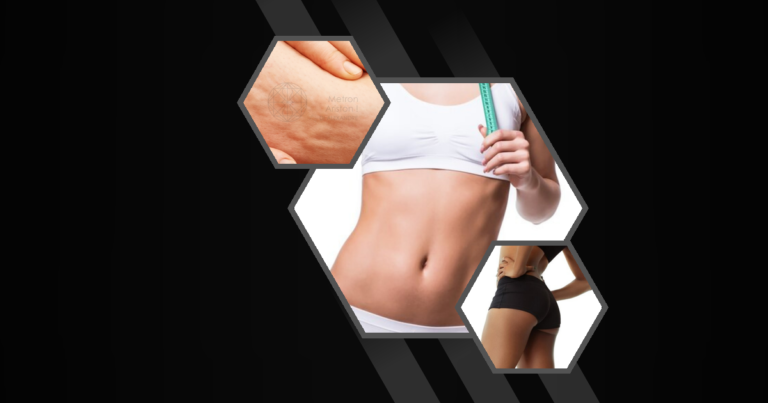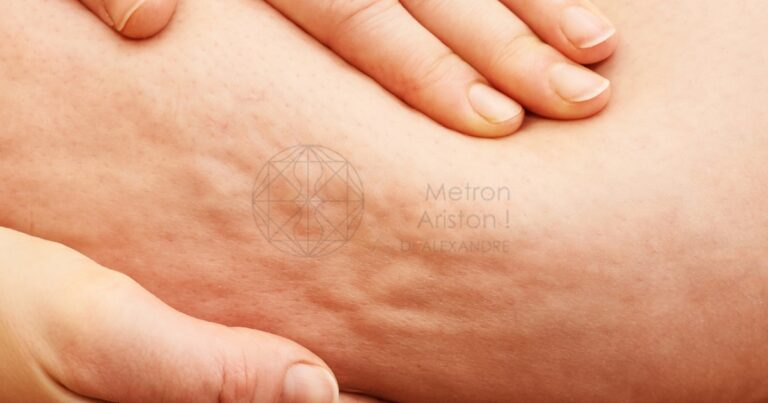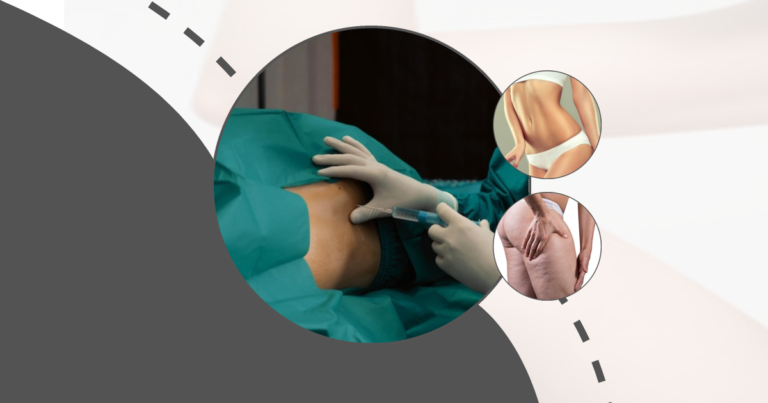Can Liposuction Remove Visceral Fat? Understanding the Limitations of Lipo
Liposuction is a popular cosmetic procedure aimed at removing excess fat from specific areas of the body. However, many people wonder, “Can liposuction remove visceral fat?”
This question is crucial because understanding the limitations of liposuction can help individuals make informed decisions about their health and body contouring options.
Does Liposuction Remove Visceral Fat?
Lipoosuction is designed to remove subcutaneous fat, which is the fat located just beneath the skin. Unfortunately, it does not target visceral fat, which is the fat stored around internal organs. This distinction is important because visceral fat is linked to various health risks, including heart disease and diabetes.
The Difference Between Visceral and Subcutaneous Fat
Visceral fat is the fat that surrounds vital organs like the liver and intestines. It is often referred to as “hidden fat” because it is not visible to the naked eye. On the other hand, subcutaneous fat is the fat that lies just under the skin and is the type that liposuction can effectively remove.
Why Liposuction Can’t Target Visceral Fat
Liposuction cannot reach visceral fat because it is located deep within the abdominal cavity. The procedure is designed to remove fat from just beneath the skin, making it ineffective for targeting fat around internal organs. Therefore, while liposuction can enhance body contours, it does not address the health risks associated with visceral fat.
- Liposuction targets subcutaneous fat, not visceral fat.
- Visceral fat is located around internal organs.
- Health risks of visceral fat include heart disease and diabetes.
Types of Fat in the Body
Understanding the different types of fat in the body is essential for recognizing the limitations of liposuction. While subcutaneous fat is the primary target of liposuction, visceral fat poses significant health risks.
Subcutaneous Fat: The Target of Liposuction
Subcutaneous fat is the layer of fat just beneath the skin. It is the type of fat that liposuction can effectively remove, helping to improve body contours and appearance. This fat is less harmful than visceral fat but can still affect self-esteem and body image.
Visceral Fat: Hidden Dangers and Health Risks
Visceral fat is more dangerous than subcutaneous fat because it surrounds vital organs. It is associated with increased risks of metabolic disorders, cardiovascular diseases, and other health issues. Reducing visceral fat requires lifestyle changes rather than surgical interventions like liposuction.
- Subcutaneous fat is removable by liposuction.
- Visceral fat increases health risks.
- Lifestyle changes are needed to reduce visceral fat.
Effectiveness of Liposuction for Fat Removal
Liposuction is effective for removing localized fat deposits, but it is not a solution for overall weight loss or health improvement. Understanding where liposuction works best can help set realistic expectations.
Areas Where Liposuction Works Best
Liposuction is most effective in areas with stubborn fat deposits, such as the abdomen, thighs, and arms. These areas often have excess subcutaneous fat that can be safely removed to enhance body contours.
Limitations of Liposuction for Overall Weight Loss
While liposuction can remove fat from specific areas, it is not a weight-loss solution. The procedure does not address visceral fat or improve overall health. For significant weight loss and health benefits, lifestyle changes are necessary.
- Liposuction is effective for localized fat removal.
- It is not a weight-loss solution.
- Lifestyle changes are needed for health improvement.
Health Implications of Visceral Fat
Visceral fat poses significant health risks, making it essential to address through non-surgical means. Understanding these risks can motivate individuals to adopt healthier lifestyles.
Increased Risk of Metabolic Disorders
Visceral fat is linked to a higher risk of metabolic disorders, including type 2 diabetes. This type of fat affects insulin sensitivity, leading to increased blood sugar levels and potential diabetes development.
Link to Cardiovascular Diseases
Visceral fat is also associated with an increased risk of cardiovascular diseases. It contributes to inflammation and plaque buildup in arteries, leading to heart disease and other cardiovascular issues.
- Visceral fat increases the risk of type 2 diabetes.
- It contributes to cardiovascular diseases.
- Reducing visceral fat is crucial for health.
Methods to Reduce Visceral Fat
Reducing visceral fat requires a combination of dietary changes, exercise, and lifestyle modifications. These methods can help improve overall health and reduce the risks associated with visceral fat.
Dietary Changes for Visceral Fat Loss
A healthy diet is crucial for reducing visceral fat. Consuming a balanced diet rich in fruits, vegetables, lean proteins, and whole grains can help decrease visceral fat levels and improve overall health.
Exercise Routines Targeting Visceral Fat
Regular physical activity is essential for reducing visceral fat. Aerobic exercises, such as walking, running, and cycling, are particularly effective in targeting visceral fat and improving cardiovascular health.
Lifestyle Modifications to Combat Visceral Fat
Lifestyle changes, such as reducing stress and getting adequate sleep, can also help reduce visceral fat. Stress management techniques and a consistent sleep schedule can improve overall well-being and aid in fat reduction.
- A balanced diet helps reduce visceral fat.
- Aerobic exercises target visceral fat.
- Stress reduction and sleep improve health.
Liposuction Techniques and Their Effectiveness
Different liposuction techniques offer varying levels of effectiveness. Understanding these techniques can help individuals choose the best option for their needs.
Traditional Liposuction vs. Newer Methods
Traditional liposuction involves manually removing fat through a cannula. Newer methods, such as laser-assisted liposuction, use advanced technology to break down fat cells before removal, offering potentially smoother results.
Recovery and Results Expectations
Recovery from liposuction varies depending on the technique used. Patients can expect some swelling and bruising, with final results visible after a few months. It’s important to follow post-operative care instructions for optimal outcomes.
- Traditional liposuction is manual.
- Newer methods use advanced technology.
- Recovery involves swelling and bruising.
Combining Liposuction with Other Treatments
Combining liposuction with other treatments can enhance results and address different aspects of body contouring.
Non-Surgical Options for Fat Reduction
Non-surgical options, such as CoolSculpting and radiofrequency treatments, can complement liposuction by targeting areas that are not suitable for surgical intervention.
Holistic Approaches to Body Contouring
Holistic approaches, including diet, exercise, and non-invasive treatments, can provide comprehensive body contouring solutions. These methods focus on overall health and well-being rather than just fat removal.
- Non-surgical options complement liposuction.
- Holistic approaches focus on overall health.
- Combining treatments enhances results.
Risks and Considerations of Liposuction
Liposuction, like any surgical procedure, carries risks and considerations. Understanding these can help individuals make informed decisions.
Potential Complications of the Procedure
Potential complications of liposuction include infection, scarring, and uneven results. It’s important to choose a qualified surgeon and follow post-operative care instructions to minimize risks.
Who Is an Ideal Candidate for Liposuction?
Ideal candidates for liposuction are individuals with localized fat deposits who are in good overall health. Candidates should have realistic expectations and understand that liposuction is not a weight-loss solution. Liposuction scarring minimal means the surgery leaves very small marks on your skin These tiny marks are hard to see and often fade away over time Liposuction delays cycles can happen when fat removal surgery affects hormone levels in the body This temporary change may cause menstrual periods to become irregular for a short time
Liposuction fatality potential While rare Liposuction pain intensity can vary from person to person but most patients describe it as moderate discomfort rather than severe pain The level of
- Complications include infection and scarring.
- Choose a qualified surgeon.
- Ideal candidates have localized fat deposits.
Long-term Effects of Liposuction
Understanding the long-term effects of liposuction can help individuals maintain their results and avoid potential issues.
Maintaining Results After the Procedure
Maintaining results after liposuction requires a healthy lifestyle, including a balanced diet and regular exercise. These habits can help prevent fat accumulation in other areas of the body.
Potential for Fat Redistribution
After liposuction, there is a potential for fat redistribution if weight is gained. This means that fat may accumulate in areas not previously treated, emphasizing the importance of maintaining a stable weight.
- A healthy lifestyle maintains results.
- Fat redistribution can occur with weight gain.
- Stable weight is crucial post-liposuction.
Alternative Treatments for Visceral Fat Reduction
While liposuction does not target visceral fat, alternative treatments can help reduce this dangerous fat type.
Medications and Supplements
Certain medications and supplements may aid in reducing visceral fat. These should be used under medical supervision and in conjunction with lifestyle changes for best results.
Emerging Therapies for Visceral Fat Targeting
Emerging therapies, such as hormone treatments and advanced metabolic interventions, show promise in targeting visceral fat. These therapies are still under research and should be considered with caution.
- Medications can aid visceral fat reduction.
- Use supplements under medical supervision.
- Emerging therapies show promise.
FAQ’s
What Kind of Fat Does Liposuction Remove?
Liposuction removes subcutaneous fat, which is the fat located just beneath the skin. This type of fat is responsible for the body’s contours and can be effectively targeted by liposuction procedures.
Can Liposuction Get Rid of Belly Fat?
Liposuction can remove subcutaneous belly fat but not visceral fat. While it can improve the appearance of the abdomen, it does not address the health risks associated with visceral fat.
Is It Possible to Target Visceral Fat with Surgery?
Currently, there is no surgical procedure that specifically targets visceral fat. Reducing visceral fat requires lifestyle changes, including diet and exercise, rather than surgical interventions








